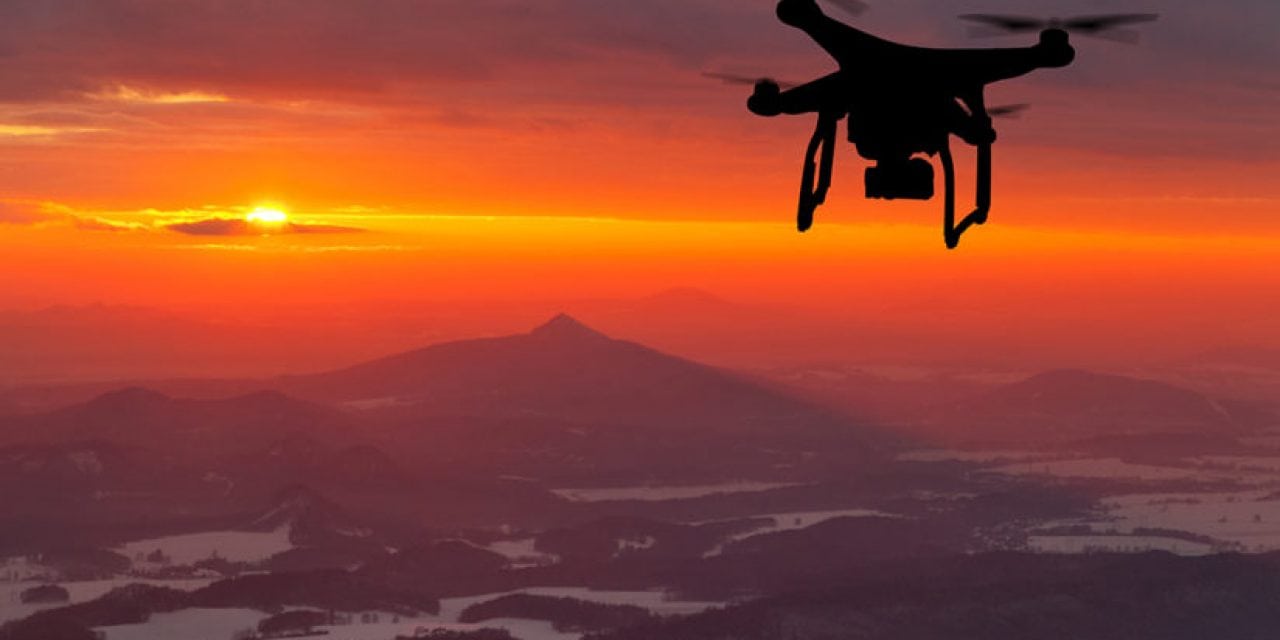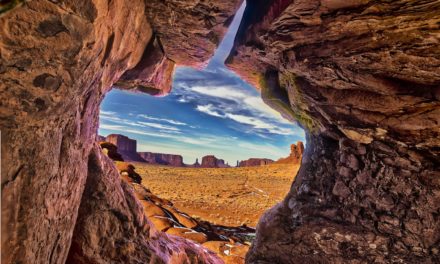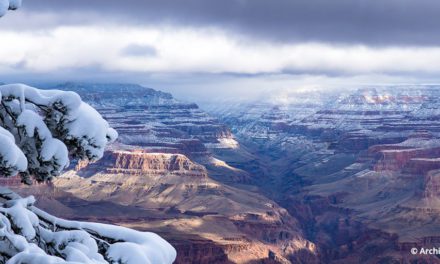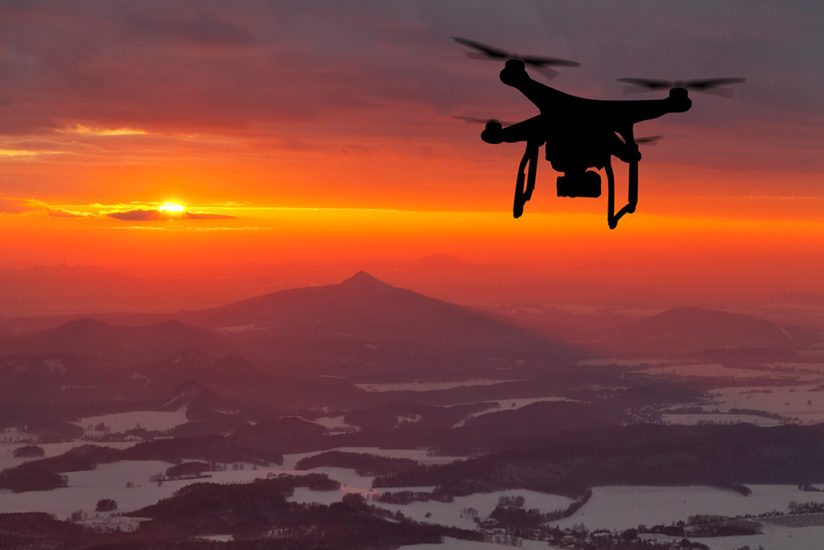
Capturing a majestic landscape from an elevated position used to require either a conveniently situated mountain or a helicopter rental, neither of which were guaranteed to be available, and one of which required (often unobtainable) permits and a large wad of cash.
Even those photographers who could secure a helicopter or a fixed-wing aircraft as a base for aerial photography often faced daunting technological challenges and, if wildlife was involved, ran the risk of spooking the very subject they took to the skies to capture. It provided some allure and prestige to those who captured images from the skies, but this exclusivity didn’t do much to help photographers convey the sense of grandeur that is only truly appreciable from the skies.
Drones change all that, although at first, some of the systems were more complicated and less powerful than needed to be worth the effort. Early drones (by which I mean drones of just a few years ago) featured low-resolution, action cam-quality cameras and control systems that often lead to YouTube-worthy crash footage. Competition for dominance of the multi-rotor drone space has resulted in huge technological leaps at both the consumer and professional level. The footage coming from some of today’s best models is often used in television and cinema production. (You can see our view samples from the DJI Inspire 2, which features a 4K camera based on a Micro Four Thirds sensor, at youtu.be/O4-yMIC616c).
The onboard gyroscopes that comprise image-stabilization systems have improved and, as processing power has increased on these devices, they’ve become able to perform some amazing feats. Collision avoidance, automatic flight leveling, automated flight paths, map-based guidance, removable SSD hard drives, dual camera systems, transmission of HD video over several miles, and the ability to have a separate camera operator from the pilot are just a few of the many features that have come to drones in the last few years.
Several of the drones we’ve tested recently could shoot rock-steady footage even when buffeted by winds and were able to accurately avoid even small obstacles in their path. Of course, drones aren’t perfect, and we’ve also occasionally run them into trees and seen them knocked out of the sky with increment weather, although in fairness that happened mostly with the lower-end, lightweight units.
It’s this potential unpredictability of any flying craft that’s been at the heart of the debate over drones. To pilot a fixed-wing aircraft over a national park takes hundreds of hours of training, a huge investment in technology, miles of red tape and the bureaucratic scrutiny of park administrators. To fly a drone over the same park takes nothing more than a hike with a drone in a backpack and a few minutes when there’s no one around to notice. That’s not what we’re advocating people do with drones (more on the legal requirements in the “Learner’s Permit” section below), but their relative simplicity and their portability — combined with an unclear understanding of where-and-when drone flight is allowed — has resulted in conflicts between drone operators and land owners.
Still, a drone piloted by a skilled operator can create incredible-looking photos and videos, with relatively low risk. While a runaway drone isn’t desirable, a crashed drone won’t have the impact (literally and figuratively) of a piloted craft. There are many situations where a drone provides the only reasonable way to capture images of geological features or groups of wildlife without putting anyone’s life at risk.
If you’ve been thinking about purchasing a drone for your outdoor work, there has never been a better time. Even the entry-level professional units come with cameras that can capture stunning images and flight controls that a kindergartener could use. (I have put this to the test by letting my kindergarten-age son pilot a drone on my property.)
When venturing out into the world of drones, be careful to stay away from the dozens of mass-produced, low-cost units, because they lack the sophisticated flight controls of systems from the reputable manufactures, and the image quality is sub-par. Purchase your drone from a hobbyist shop or from a camera store, not from a kiosk at the mall.
Take some time to look at the rules and regulations for drone use and suggestions for their operation. A great resource is knowbeforeyoufly.org, which is run by the Association for Unmanned Vehicle Systems International in a partnership with the FAA. You should also be aware of your surroundings and local and federal laws.
One time I was planning to operate a drone on private property in Pennsylvania’s “Amish Country” (which features miles and miles of uninhabited cornfields) but a look at a map revealed that there was a small private airport nearby. There is a general restriction about flying within five miles of an airport without contacting the tower first. While I would likely have been permitted to operate in the field I was in had I contacted them — four miles from an airport with such low activity that I never saw a plane pass overhead — I scrapped the idea and found another spot farther away, because it’s not worth the risk of colliding with a plane simply to capture an aerial landscape.
The major players in the drone market are now relatively common names in photography, but they all came out of nowhere to dominate this market segment. DJI Technology Corporation, easily the leader in UAV photography, was formed in 2006 with only 20 employees and now has more than 2000, and has taken an equity position in photographic legend Hasselblad — an indication of the booming popularity of drone work. More drones are coming (DJI has scheduled a new product launch right after this issue goes to press, for example) and more companies are likely to battle for air superiority.
Before you buy and before you operate a drone, it’s a good idea to do some educated shopping and to watch several videos on the features and operation of the UAV. Even if we’re familiar with another product from a manufacturer, we still watch several operation videos and read the manual before the drone ever leaves the ground.
Kings Of The Sky: Drones For Photography
Here is a selection of some of the latest drones designed for photographers.
GoPro Karma
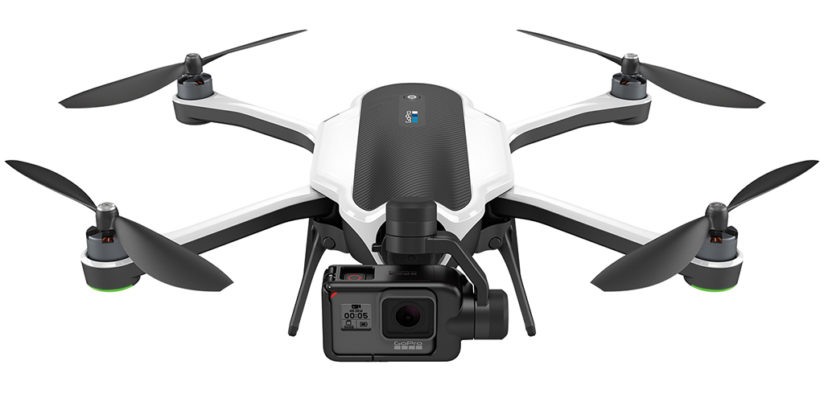
The GoPro Karma had quite a buzz when it was announced, thanks to the small form factor, and the ability to detach the GoPro camera and stabilizer, and attach it to a grip and use the same system to create jitter-free video on the ground. Early production problems grounded the Karma after some units failed, but the company has resolved the issues and re-released the drone.
Video and photographic quality depend on the GoPro unit attached to the Karma, and the compact controller doesn’t require an iOS or Android device to operate the drone. The Karma has a top speed of 35mph and a maximum distance of around a mile-and-a-half. It can reach 10,500 feet (although that puts it above the maximum distance of the controller unless the drone is launched from something like a mountain) and can operate in winds up to 22 mph.
When folded, the 35.5-ounce drone measures 14.4 inches long by 8.5 inches wide by 3.5 inches tall, making it easy to transport in something as small as a compact messenger bag. Runtime is up to 20 minutes with the included battery. There is no obstacle avoidance in the Karma, which requires a bit more care when operating the unit than some other drones. List Price: $899. Contact: GoPro, gopro.com.
DJI Mavic Pro
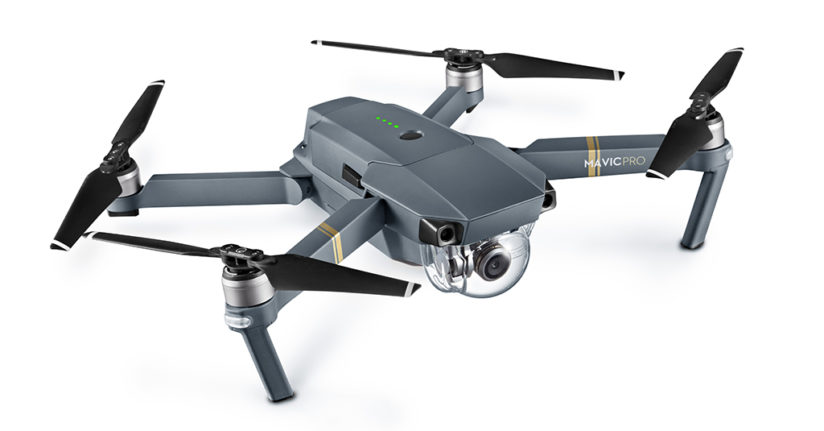
The Mavic Pro is the company’s most portable drone, and it is equipped with a 4K Ultra HD camera that captures at 30 fps. With no electronic image stabilization, the full sensor size can be used for 4K video. The camera also captures 12-megapixel RAW files from the 1 2/3-inch CMOS sensor.
The battery in the Mavic Pro lasts up to 27 minutes, and the drone streams full HD as far as 4.3 miles away, and 720p video up to the full 8-mile operating distance at its top speed of 40mph (in sport mode) with a ceiling of 16,404 feet. The Mavic Pro has forward-facing and downward-facing obstacle avoidance, though no side-facing or rear-facing avoidance sensors.
A tripod mode reduces the operating, turning and gimbal rotating speed of the Mavic Pro for videos with excellent stability, and the onboard sensors even allow the Mavic to fly indoors. The DJI Mavic Pro uses the company’s iOS and Android app-based control along with a joystick for tap-and-fly control and activation of settings, though the joystick can be used without an app.
Folded, the Mavic is 7.8 inches long by 3.3 inches wide and 3.3 inches tall. The unit weighs 1.64 pounds including battery, propeller and gimbal cover. List Price: $1,299. Contact: DJI, dji.com.
DJI Phantom 4 Pro
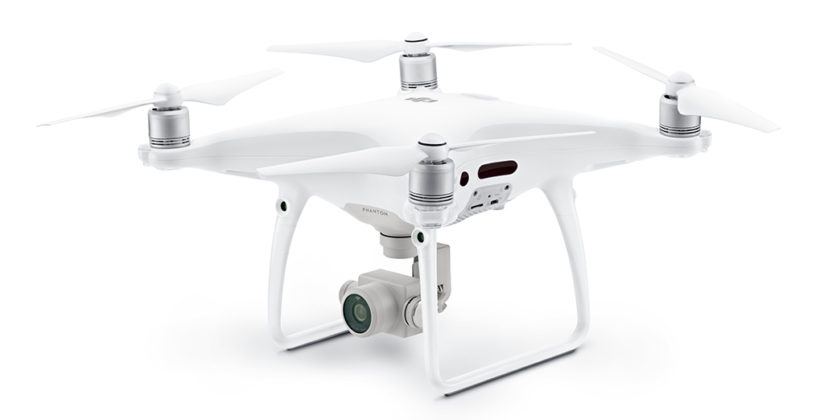
This update to the best-selling Phantom line adds a 1-inch, 20MP camera to the Phantom 4 chassis, and adds 4K 60 fps video and a mechanical shutter (to eliminate common rolling shutter image problems found with electronic shutters and fast movement). The Phantom 4 Pro controller has a built-in 5.5-inch 1080p screen with about twice the brightness of a smartphone. Dual-frequency transmission allows the HD video to be transmitted up to 4.3 miles.
At around 3 pounds, the Phantom 4 Pro isn’t hard to transport, even though the blades don’t fold like the ultra-portable units. With a top speed of 45 mph (sport mode) and a max height of 19,685 feet, the Phantom Pro 4 can really take off. Forward, backward and downward collision sensors help protect the drone from obstacles, and the Phantom 4 Pro has all the advanced tracking and navigation systems — Active Track, TapFly, Return to Home — of the bigger units, and a few extra tricks. A drawing mode allows for a navigational path to be drawn with a finger on the touch screen, and a gesture mode allows subjects on the ground to trigger a selfie timer by waving at the drone. List Price: $1,499.
Yuneec Typhoon H920 Plus
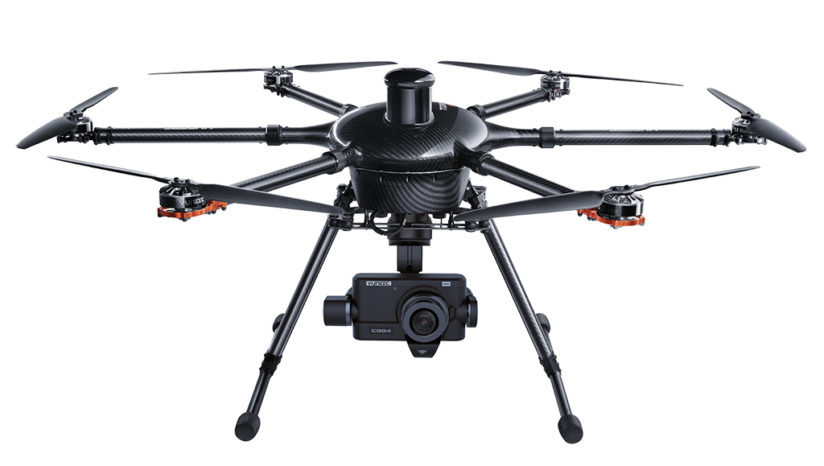
Sporting six blades, the Typhoon H has the company’s CG04 gimbal system and a camera built with Panasonic that features a 3x optical zoom lens, 16MP images and 4K resolution, with the ability to use several Olympus Micro Four Thirds lenses. The CGO4 camera can be removed and mounted on the company’s ProAction steadycam for ground shots. The handheld controller has a 7-inch screen and can view 720p data as well as telemetric information. A mobile app is available for control as well.
The Yuneec Typhoon H920 has a number of automated image capture modes, including Orbit Me, Curve Cable Cam (where the drone moves between points and controls the camera automatically) and a watch-me mode. The Journey selfie-mode automatically flies the drone as far as 150 feet while pointing the camera at the operator for an aerial selfie. The drone can run for 24 minutes and weighs 11 pounds with two batteries. Video can be transmitted up to one mile, and the height is capped at the FAA 400-foot limit. List Price: $4,000. Contact: Yuneec, yuneec.com.
DJI Inspire 2
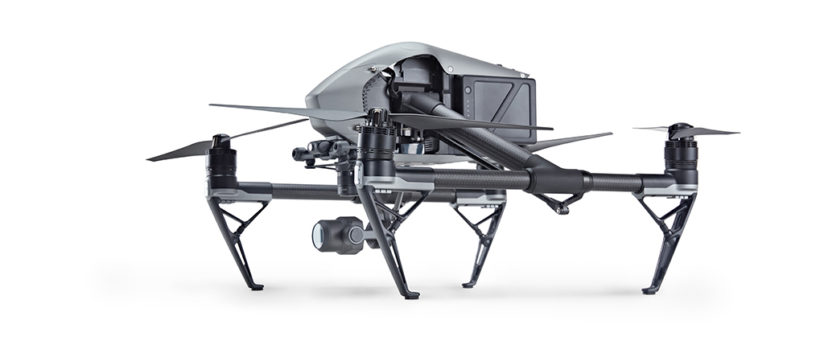
DJI’s Inspire 2 was designed for photographers but more specifically for cinematographers, and it can capture video in CinemaDNG RAW and Apple ProRes. The Inspire 2 can work with either the company’s X4S or X5S camera, which are also detachable and able to be used in the company’s camera systems for ground use. The X5S works with a number of Micro Four Thirds lenses and can capture 5.2K video at 30 fps and 4K at 60 fps, using 100 Mbps H.265 compression. It captures 20MP images in DNG RAW. An integrated SSD and microSD card allow for super-high-quality video to be recorded to the drive and lower-quality video (for dallies or composition checks) on the card.
The Inspire 2 has a dual-camera system, one for video and one for flight control, and allows for dual controller operation with both a pilot and a camera operator using their own controls. Forward and downward vision systems prevent collision with obstacles and work up to 34 mph. An upward-facing IR sensor allows the unit to be used in an enclosed space (like a cave or building) without hitting the roof. Visual tracking systems and smart flight modes allow the Inspire 2 to circle subjects, automatically keeping a subject in the crosshairs.
The Inspire 2 can operate up to a ceiling of around 3 miles, and can transmit video and control signals as far as 4.3 miles, allowing ground controllers to watch 1080p or 720p video during as much as 27 minutes of flight. The Inspire 2 can go from hovering to 50 mph in five seconds, with a top speed of just under 60 mph. List Price: $3,000.
Learner’s Permit: Drone Rules To Know
This is a confusing time for drone operators. The FAA has enacted some guidelines for the use of drones both recreationally and commercially. The recreational restrictions are naturally less strict than commercial operation, and while the definition of “commercial” is not clearly defined, the FAA clearly labels the use of a drone to sell photos or videos as being commercial, and therefore requires photographers operating drones for image sales to pass their licensing exam — which is essentially a pilot’s qualification exam and includes weather knowledge, chart reading and more.
That’s why we think that many drone-based photographers will end up teaming up with license-holding drone pilots. It’s perfectly legal to operate a drone “under the direct supervision of someone holding a remote pilot airman certificate.”
The drone pilot exam is often referred to as Part 107, referring to the FAA regulation that established the licensing requirement for commercial use. More information on the Part 107 test is available on the FAA’s UAS site at faa.gov/uas, though, as is typical with many government sites, finding the information you need may be tricky.
The KnowBeforeYouFly.org website, operated by the Association for Unmanned Vehicle Systems International is also full of good information, and a number of online and in-person schools provide instruction and test preparation.
Operating a drone recreationally, even if it’s a cheap model from Brookstone, still requires that you register the drone with the FAA. Failing to register a drone can result in fines and jail time—remember, not following FAA rules is a federal offense. You can register a drone at registermyuas.faa.gov.
The post Drones For Photography appeared first on Outdoor Photographer.

